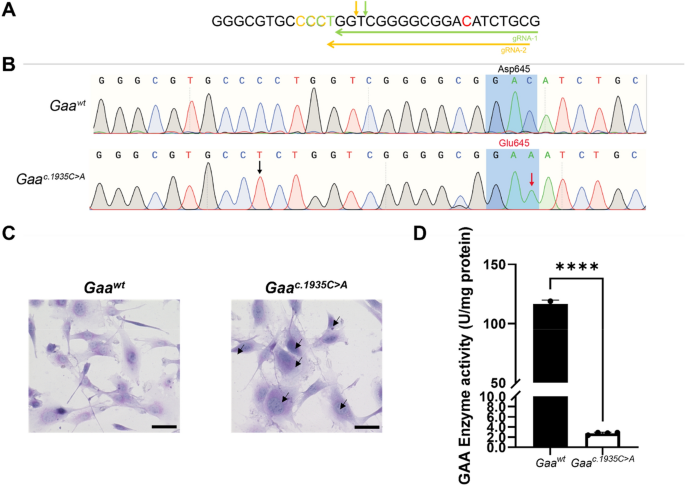Selection for system-wide morphological, physiological, and metabolic adaptations has led to extreme athletic phenotypes among geographically diverse horse breeds. Here, we identify genes contributing to exercise adaptation in racehorses by applying genomics approaches for racing performance, an end-point athletic phenotype. Using an integrative genomics strategy to first combine population genomics results with skeletal muscle exercise and training transcriptomic data, followed by whole-genome resequencing of Asian horses, we identify protein-coding variants in genes of interest in galloping racehorse breeds (Arabian, Mongolian and Thoroughbred). A core set of genes, G6PC2, HDAC9, KTN1, MYLK2, NTM, SLC16A1 and SYNDIG1, with central roles in muscle, metabolism, and neurobiology, are key drivers of the racing phenotype. Although racing potential is a multifactorial trait, the genomic architecture shaping the common athletic phenotype in horse populations bred for racing provides evidence for the influence of protein-coding variants in fundamental exercise-relevant genes. Variation in these genes may therefore be exploited for genetic improvement of horse populations towards specific types of racing. A genome-wide analysis in galloping racehorse breeds identifies protein-altering genetic variants in a core set of genes that appear to determine attributes for racing, including muscle, neurobiological, and metabolic advantages. - READ MORE
By Nature.com
Tue, 13 Dec 2022 10:22:02 GMT







